Home>Gardening & Outdoor>Landscaping Ideas>How To Make Ethanol From Grass
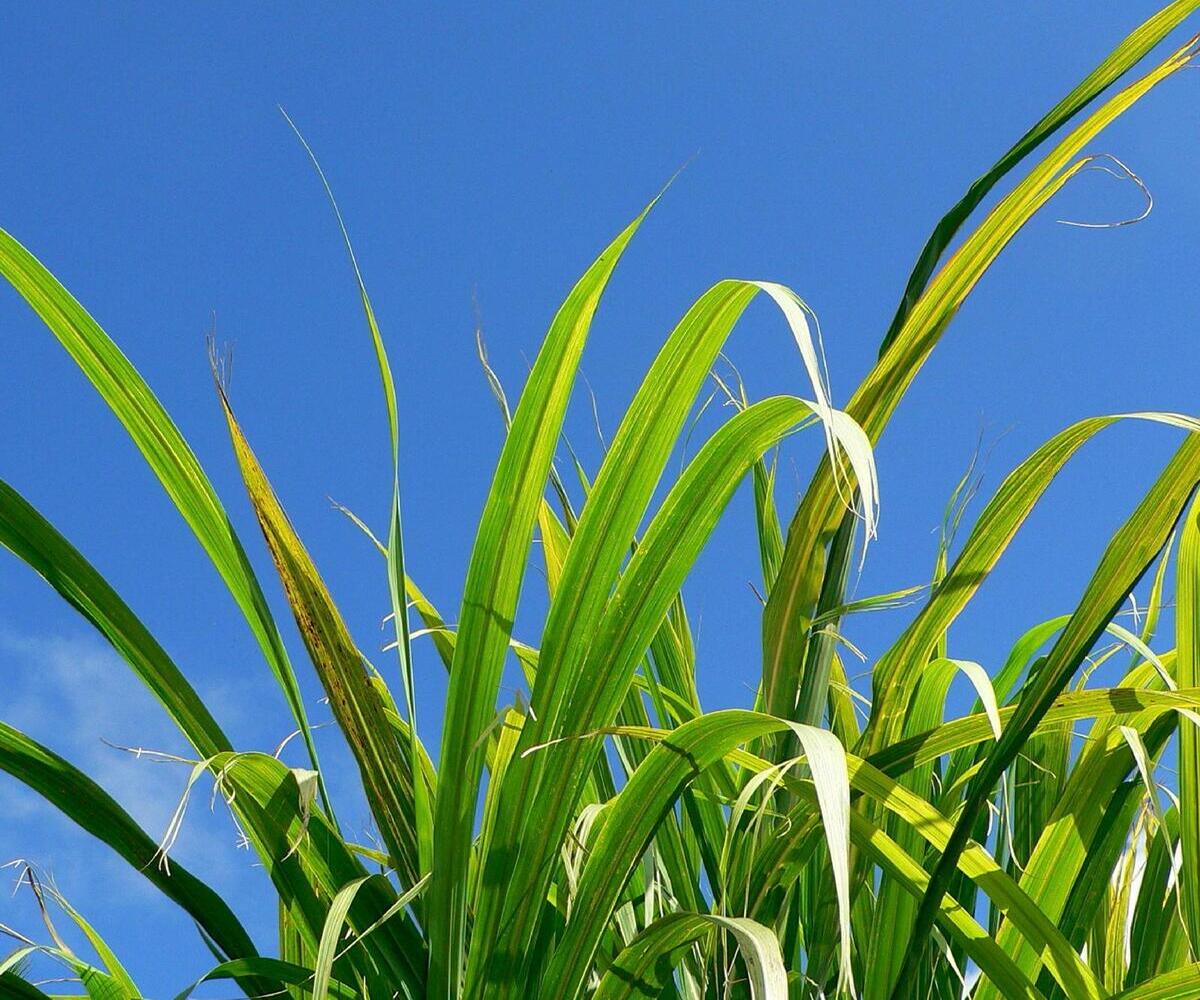

Landscaping Ideas
How To Make Ethanol From Grass
Modified: February 18, 2024
Learn how to make ethanol from grass with our landscaping ideas. Discover sustainable solutions for your yard and reduce your environmental impact. Start today!
(Many of the links in this article redirect to a specific reviewed product. Your purchase of these products through affiliate links helps to generate commission for Storables.com, at no extra cost. Learn more)
Introduction
Ethanol, a renewable and sustainable fuel, has gained significant attention as an alternative to traditional fossil fuels. While ethanol is commonly produced from corn and sugarcane, there is a growing interest in harnessing the potential of grass as a feedstock for ethanol production. This innovative approach not only offers a promising solution to reduce our reliance on non-renewable resources but also presents an opportunity to utilize abundant and often underutilized grass species for a greener energy future.
Grass, a ubiquitous plant found in various ecosystems, holds immense potential as a source of ethanol. Its widespread availability and rapid growth make it an attractive candidate for sustainable biofuel production. By exploring the process of converting grass into ethanol, we can unlock a valuable avenue for reducing carbon emissions and promoting environmental sustainability.
In this comprehensive guide, we will delve into the intricate process of producing ethanol from grass, shedding light on the selection of suitable grass species, the preparation of grass for ethanol production, the fermentation process, and the distillation and purification of ethanol. By understanding each stage of this transformative journey, we can grasp the remarkable potential of grass as a renewable resource for ethanol production.
Join us as we embark on an enlightening exploration of the fascinating world of ethanol production from grass, uncovering the innovative techniques and sustainable practices that pave the way for a greener, more eco-conscious future.
Key Takeaways:
- Ethanol can be made from grass, offering a renewable and eco-friendly alternative to traditional fuels. The process involves selecting the right grass, preparing it for production, and fermenting the sugars into ethanol.
- Grass can be a valuable source of ethanol, with fast-growing species like switchgrass and miscanthus being ideal candidates. By carefully preparing and fermenting the grass, we can create a sustainable and clean-burning fuel for a greener future.
Read more: How To Make Cordage From Grass
Understanding the Process of Ethanol Production from Grass
Producing ethanol from grass involves a series of intricate steps that harness the natural sugars present in the plant material to create a sustainable and eco-friendly fuel source. The process begins with the selection of suitable grass species, followed by the preparation of the grass for ethanol production, the fermentation of sugars into ethanol, and the distillation and purification of the resulting ethanol.
Grass, a diverse and abundant plant species, contains cellulose and hemicellulose, which are complex carbohydrates that can be broken down into simple sugars. These sugars serve as the raw material for ethanol production. To extract these sugars, the grass undergoes a process known as pretreatment, where it is treated with heat, chemicals, or enzymes to break down the complex structures and make the sugars more accessible for fermentation.
Once the grass is prepared, the next step is fermentation, where the sugars are converted into ethanol by yeast or bacteria. During this stage, the sugars are mixed with microorganisms in a controlled environment, allowing the microorganisms to consume the sugars and produce ethanol as a byproduct. This fermentation process is crucial in transforming the grass-derived sugars into ethanol, a clean-burning and renewable fuel.
Following fermentation, the resulting mixture undergoes distillation to separate the ethanol from the remaining components of the fermentation broth. Distillation involves heating the mixture to vaporize the ethanol, which is then condensed back into a liquid form. This process effectively isolates the ethanol, ensuring a high-purity end product suitable for use as a fuel or as an additive to gasoline.
The production of ethanol from grass presents a sustainable and environmentally conscious approach to fuel production. By utilizing grass as a feedstock, we can reduce our reliance on non-renewable resources and mitigate the environmental impact associated with traditional fuel sources. This innovative process not only offers a renewable alternative to fossil fuels but also contributes to the utilization of abundant grass resources, promoting a greener and more sustainable energy landscape.
As we continue to explore the potential of ethanol production from grass, it becomes evident that this process holds immense promise for a more sustainable and eco-friendly future. By understanding the intricate steps involved in converting grass into ethanol, we can embrace the transformative power of renewable energy and pave the way for a greener tomorrow.
Selecting the Right Type of Grass for Ethanol Production
Selecting the right type of grass is a critical step in the process of ethanol production, as different grass species possess varying levels of cellulose and hemicellulose, which are essential for the production of ethanol. When choosing a grass species for ethanol production, several factors must be considered to ensure optimal yield and efficiency.
One of the key considerations is the cellulose content of the grass. Grass species with higher cellulose content are desirable, as cellulose serves as a primary source of sugars that can be converted into ethanol. Additionally, the hemicellulose content of the grass is equally important, as hemicellulose can also be broken down into fermentable sugars, contributing to the overall ethanol yield.
Furthermore, the growth characteristics of the grass species play a significant role in the selection process. Fast-growing grasses with high biomass production are favorable, as they can provide a consistent and abundant feedstock for ethanol production. Species such as switchgrass, miscanthus, and napier grass are known for their rapid growth and high biomass yield, making them attractive candidates for ethanol production.
In addition to biomass yield, the adaptability of the grass species to diverse climatic conditions is a crucial factor. Selecting grass species that thrive in a range of climates and soil types ensures resilience and sustainability in ethanol production. This adaptability can contribute to the stability of feedstock supply, mitigating the impact of environmental fluctuations on ethanol production.
Moreover, the ease of cultivation and maintenance of the chosen grass species should be taken into account. Grasses that require minimal inputs, such as water, fertilizer, and pesticides, can reduce the overall production costs and environmental impact associated with ethanol production. Low-input grasses, such as certain varieties of switchgrass and prairie grasses, offer a sustainable and cost-effective solution for ethanol feedstock.
By carefully evaluating the cellulose and hemicellulose content, biomass yield, adaptability, and cultivation requirements of different grass species, it is possible to identify the most suitable candidates for ethanol production. This strategic selection process ensures that the chosen grass species can effectively contribute to the sustainable and efficient production of ethanol, paving the way for a greener and more environmentally conscious energy landscape.
Preparing the Grass for Ethanol Production
Preparing the grass for ethanol production is a crucial stage that involves several key processes aimed at breaking down the complex carbohydrates present in the grass into fermentable sugars. This preparatory phase is essential for maximizing the efficiency of ethanol production and ensuring a high yield of ethanol from the grass feedstock.
The first step in preparing the grass for ethanol production is pretreatment. This process is designed to disrupt the rigid structure of the grass, making the cellulose and hemicellulose more accessible for enzymatic hydrolysis. Pretreatment methods may include mechanical grinding to reduce the particle size of the grass, chemical treatment using acids or alkalis to break down the lignin and hemicellulose, or enzymatic treatment to facilitate the release of fermentable sugars.
Following pretreatment, the grass undergoes enzymatic hydrolysis, where enzymes are used to break down the cellulose and hemicellulose into simple sugars. Enzymes such as cellulase and hemicellulase play a critical role in catalyzing the hydrolysis process, effectively converting the complex carbohydrates in the grass into fermentable sugars. This enzymatic breakdown is essential for maximizing the yield of sugars available for fermentation into ethanol.
Once the enzymatic hydrolysis is complete, the resulting sugar-rich solution is ready for fermentation. During fermentation, the sugars are converted into ethanol by yeast or bacteria in a controlled environment. This transformative process yields ethanol as a byproduct, utilizing the sugars derived from the grass to produce a renewable and sustainable fuel source.
In addition to these primary processes, it is important to consider the overall efficiency and sustainability of the grass preparation phase. Factors such as energy consumption, water usage, and waste management should be carefully evaluated to minimize environmental impact and optimize resource utilization. Implementing sustainable practices in the preparation of grass for ethanol production contributes to the overall eco-friendliness of the ethanol production process.
By meticulously preparing the grass for ethanol production through pretreatment, enzymatic hydrolysis, and fermentation, we can harness the full potential of grass as a valuable feedstock for ethanol. This strategic approach not only maximizes the yield of ethanol from grass but also underscores the sustainable and environmentally conscious nature of ethanol production from this abundant and renewable resource.
Tip: To make ethanol from grass, first break down the cellulose in the grass using enzymes. Then, ferment the sugars produced with yeast to create ethanol.
Fermentation Process for Ethanol Production
The fermentation process is a pivotal stage in the production of ethanol from grass, where the sugars extracted from the prepared grass undergo a remarkable transformation into ethanol. This transformative process, facilitated by the action of microorganisms, represents a key step in harnessing the potential of grass as a sustainable and renewable source of ethanol.
During fermentation, the sugar-rich solution obtained from the grass is introduced to a controlled environment, where yeast or bacteria are employed to initiate the conversion of sugars into ethanol. Yeast, a commonly used microorganism in ethanol production, possesses the remarkable ability to metabolize sugars and produce ethanol as a natural byproduct of its metabolic processes. This inherent capability of yeast to ferment sugars into ethanol forms the basis of the fermentation process, enabling the conversion of grass-derived sugars into a valuable fuel source.
The fermentation environment is carefully regulated to provide optimal conditions for the microorganisms to thrive and carry out the fermentation process effectively. Factors such as temperature, pH levels, and nutrient availability are meticulously controlled to ensure the efficient conversion of sugars into ethanol. This precise orchestration of environmental conditions is essential for maximizing the yield and quality of ethanol produced from the grass feedstock.
As the microorganisms consume the sugars present in the solution, they produce ethanol along with carbon dioxide as metabolic byproducts. The ethanol gradually accumulates in the fermentation mixture, while the carbon dioxide is released as a gas. This gradual accumulation of ethanol signifies the successful conversion of grass-derived sugars into ethanol, marking a significant milestone in the fermentation process.
Once the fermentation process is complete, the resulting mixture contains a significant concentration of ethanol, along with residual components from the grass and the metabolic activities of the microorganisms. This mixture undergoes further processing, including distillation and purification, to isolate the ethanol and ensure a high-purity end product suitable for use as a fuel or as an additive to gasoline.
The fermentation process stands as a testament to the remarkable potential of grass as a feedstock for ethanol production. By harnessing the natural capabilities of microorganisms to convert sugars into ethanol, this process exemplifies the sustainable and eco-friendly nature of ethanol production from grass. Through the intricate and transformative fermentation process, grass emerges as a valuable source of renewable energy, paving the way for a greener and more sustainable energy landscape.
Read more: How To Store Ethanol
Distillation and Purification of Ethanol
Following the fermentation process, the resulting mixture contains a significant concentration of ethanol, along with residual components from the grass and the metabolic activities of the microorganisms. To isolate the ethanol and ensure a high-purity end product suitable for use as a fuel or as an additive to gasoline, the mixture undergoes a crucial phase known as distillation and purification.
Distillation is a fundamental separation process that exploits the differences in the boiling points of the components in the mixture. In the context of ethanol production, distillation is employed to separate the ethanol from the remaining components of the fermentation broth. The mixture is heated to a specific temperature, causing the ethanol to vaporize while leaving behind the non-volatile components. The resulting vapor, enriched with ethanol, is then condensed back into a liquid form, yielding a concentrated ethanol solution.
The distillation process effectively isolates the ethanol, ensuring a high degree of purity and concentration. However, to achieve the desired level of purity for ethanol fuel applications, further purification steps are often employed. These purification techniques may include molecular sieves to remove water and impurities, as well as rectification to enhance the ethanol's purity and remove any remaining traces of undesirable compounds.
The purification process plays a critical role in refining the ethanol, eliminating impurities and contaminants to meet the stringent quality standards required for fuel use. By ensuring the purity and quality of the ethanol, the purification phase contributes to the production of a clean-burning and environmentally friendly fuel source.
The distillation and purification of ethanol represent the final stages in the intricate journey of converting grass into a valuable and sustainable fuel. Through these essential processes, the potential of grass as a renewable feedstock for ethanol production is fully realized, paving the way for a greener and more sustainable energy landscape.
Conclusion
In conclusion, the production of ethanol from grass presents a compelling and sustainable solution to the global energy challenge. By harnessing the natural sugars present in grass through a series of intricate processes, we can unlock a renewable and eco-friendly source of ethanol, offering a viable alternative to traditional fossil fuels. The journey of ethanol production from grass encompasses the careful selection of suitable grass species, the meticulous preparation of grass for ethanol production, the transformative fermentation process, and the essential distillation and purification of ethanol. Each stage of this process underscores the remarkable potential of grass as a renewable feedstock for ethanol production, paving the way for a greener and more sustainable energy landscape.
The selection of the right type of grass is a critical consideration, with factors such as cellulose and hemicellulose content, biomass yield, adaptability, and cultivation requirements playing a pivotal role in identifying the most suitable candidates for ethanol production. By carefully evaluating these factors, we can ensure the efficient and sustainable utilization of grass as a feedstock, maximizing the yield of ethanol while minimizing environmental impact.
The preparation of grass for ethanol production involves pretreatment, enzymatic hydrolysis, and fermentation, each contributing to the breakdown of complex carbohydrates into fermentable sugars and the subsequent conversion of these sugars into ethanol. This preparatory phase is essential for maximizing the efficiency and yield of ethanol from grass, highlighting the intricate and transformative nature of ethanol production from this abundant and renewable resource.
The fermentation process, facilitated by microorganisms such as yeast, exemplifies the remarkable potential of grass as a sustainable source of ethanol. Through the precise orchestration of environmental conditions, the sugars derived from grass undergo a remarkable transformation into ethanol, marking a significant milestone in the journey of ethanol production from grass.
Finally, the distillation and purification of ethanol ensure the isolation of ethanol from the fermentation mixture, yielding a high-purity end product suitable for a wide range of fuel applications. These essential processes underscore the sustainable and environmentally conscious nature of ethanol production from grass, offering a renewable and clean-burning fuel source for a greener tomorrow.
In essence, the production of ethanol from grass represents a transformative and sustainable approach to fuel production, leveraging the abundant and renewable nature of grass to create a greener and more eco-conscious energy landscape. By embracing the potential of grass as a feedstock for ethanol production, we can pave the way for a more sustainable and environmentally friendly future, where renewable energy sources play a pivotal role in mitigating the impact of climate change and promoting a cleaner and healthier planet.
Frequently Asked Questions about How To Make Ethanol From Grass
Was this page helpful?
At Storables.com, we guarantee accurate and reliable information. Our content, validated by Expert Board Contributors, is crafted following stringent Editorial Policies. We're committed to providing you with well-researched, expert-backed insights for all your informational needs.
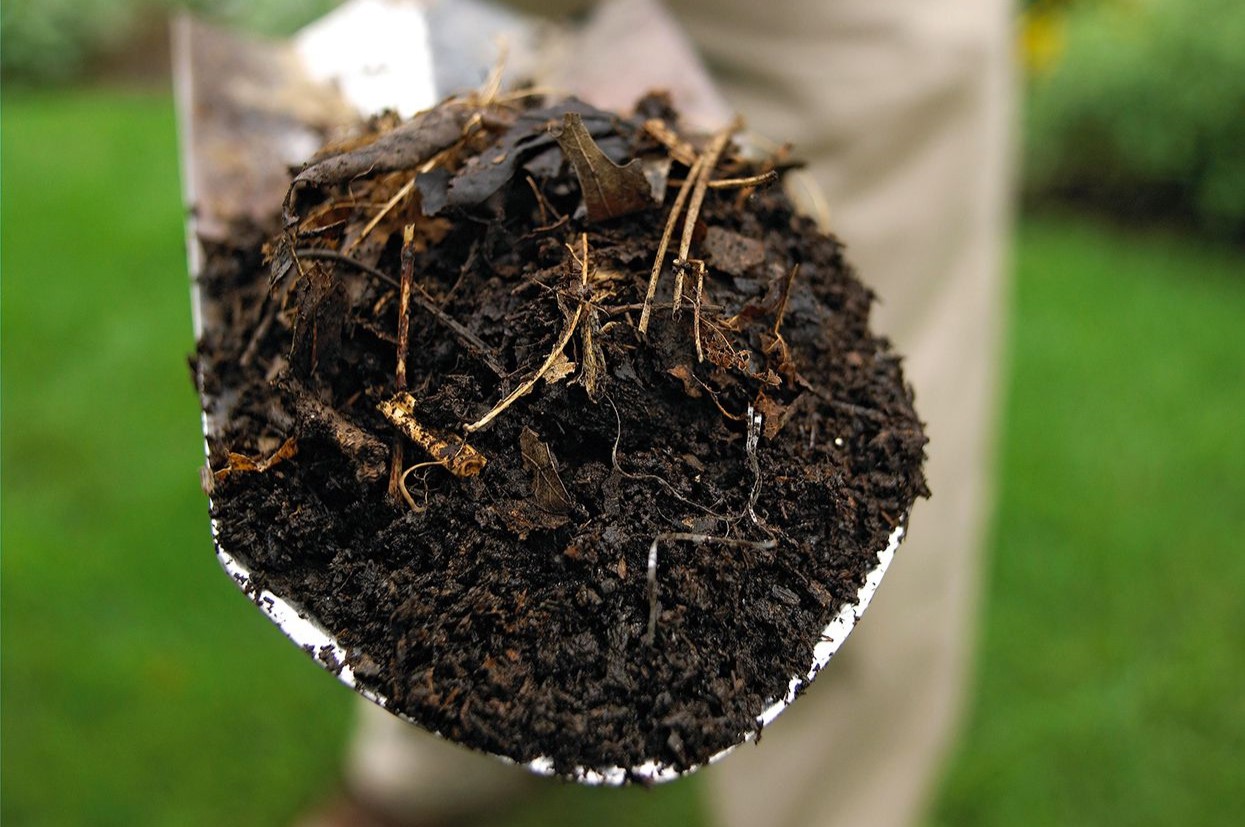


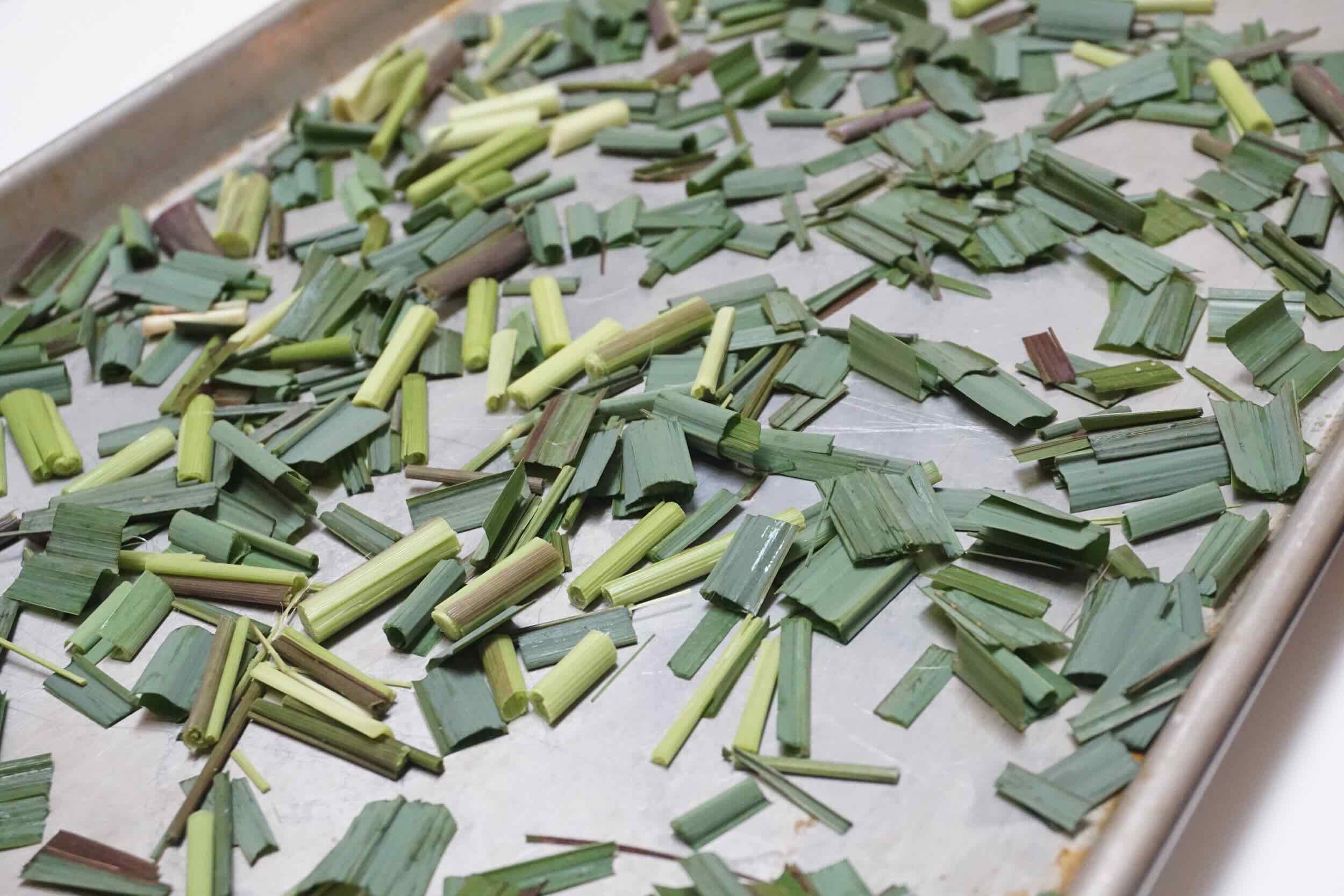
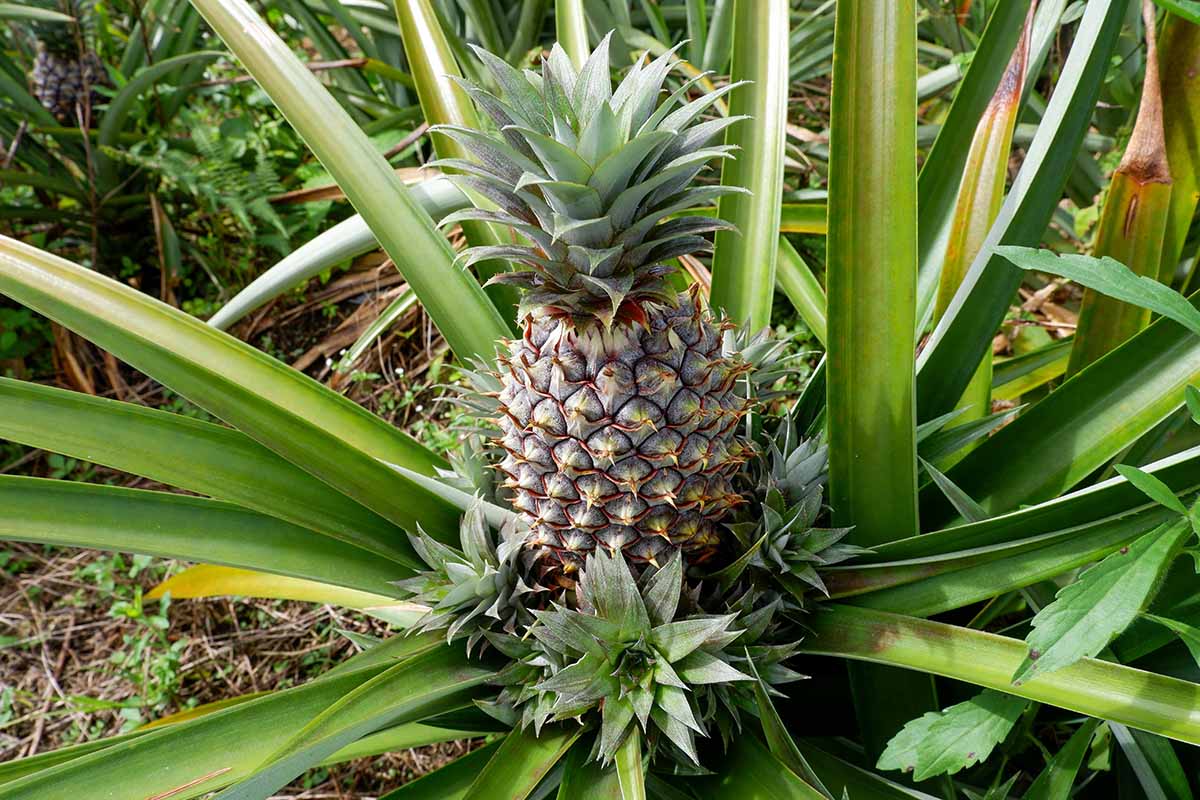
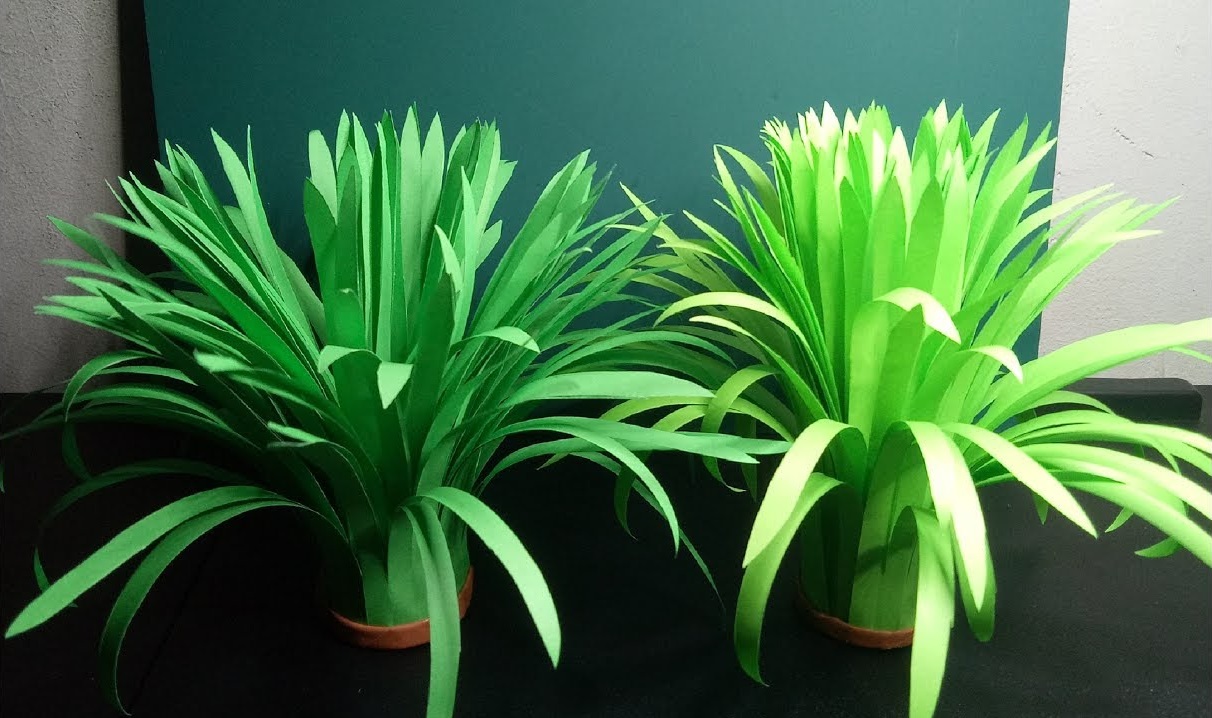

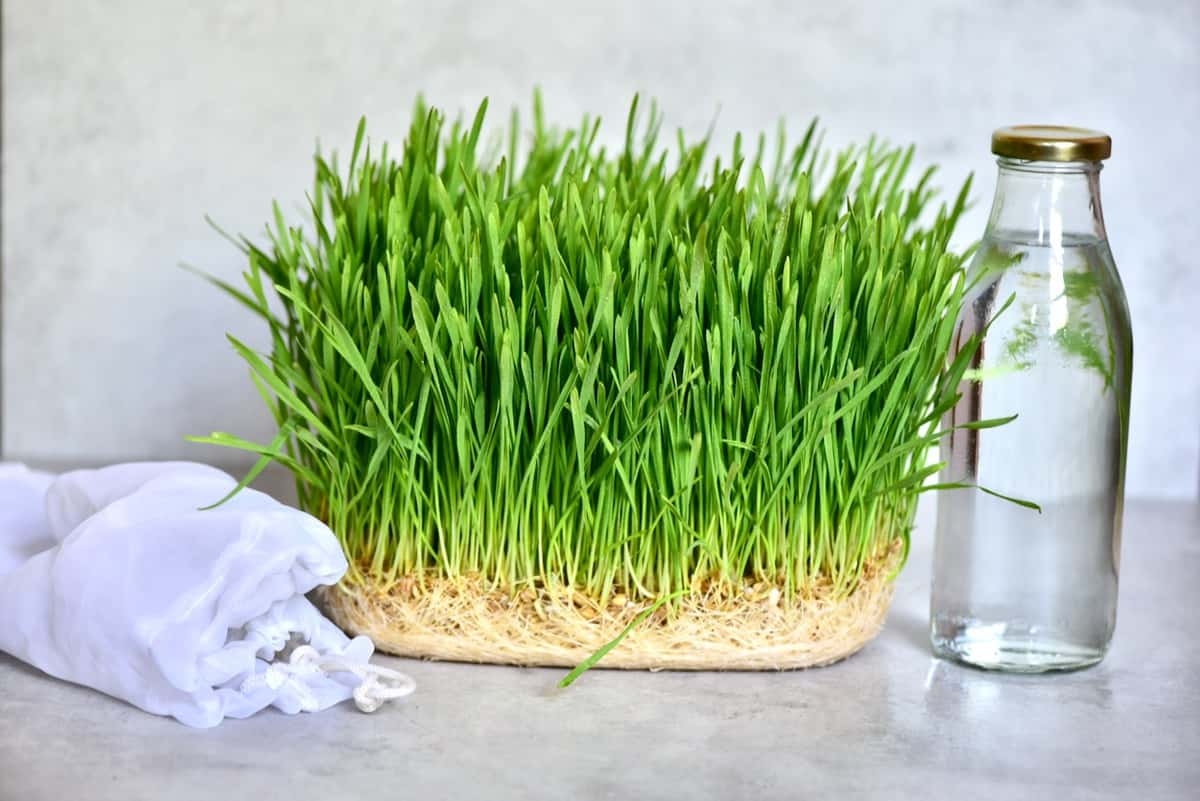

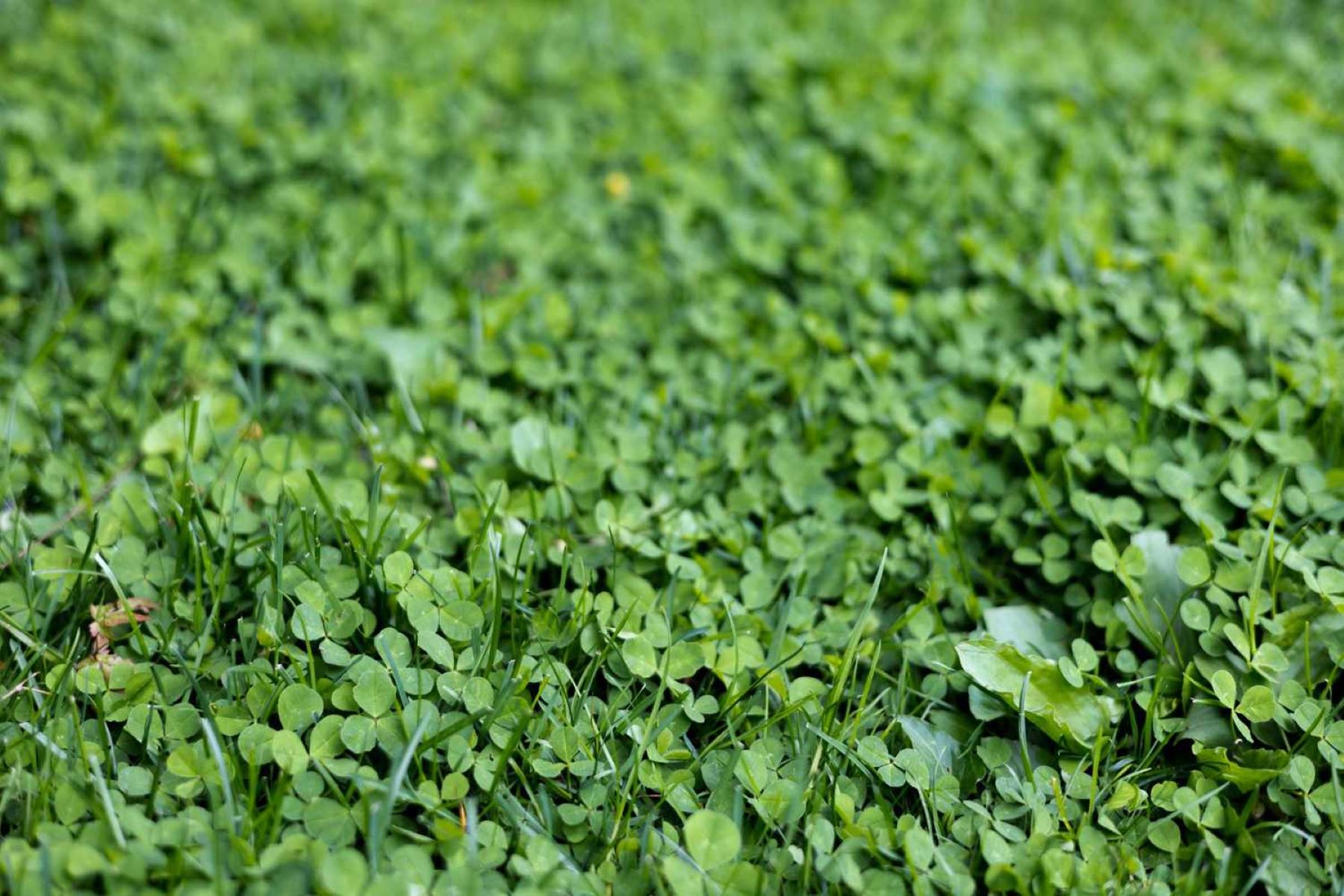

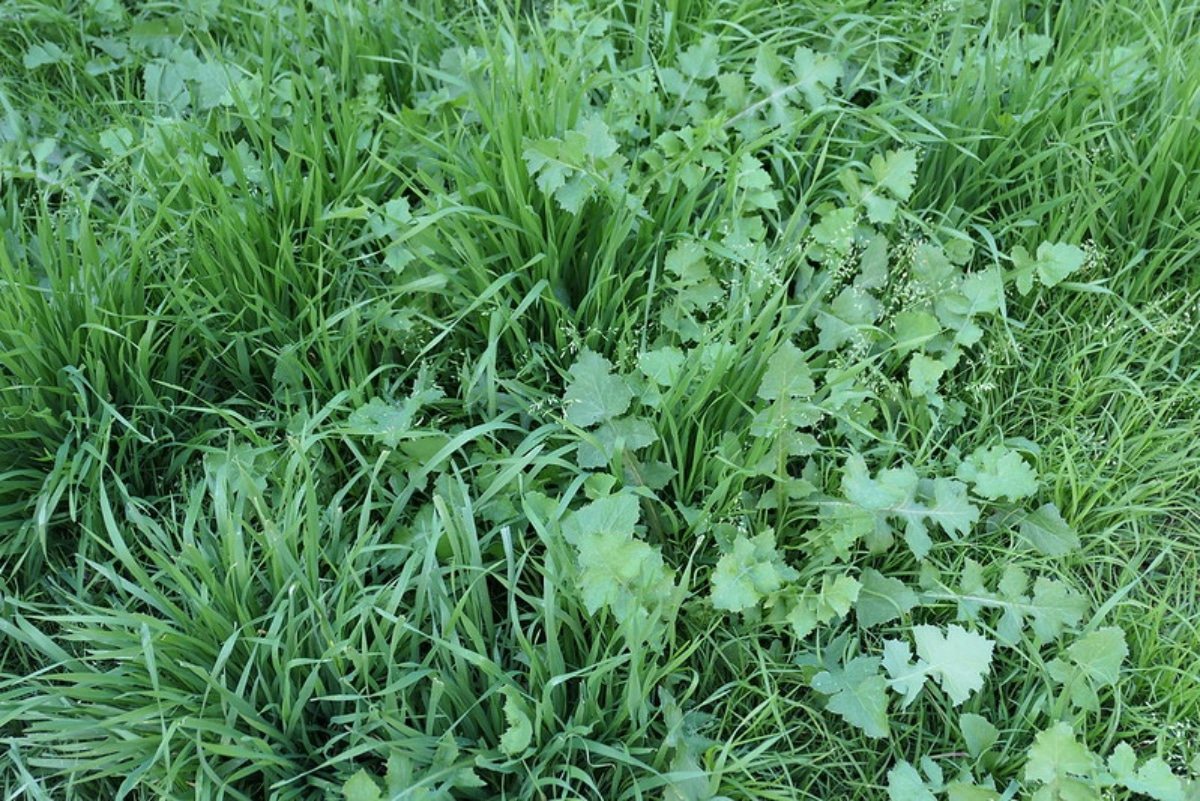



0 thoughts on “How To Make Ethanol From Grass”